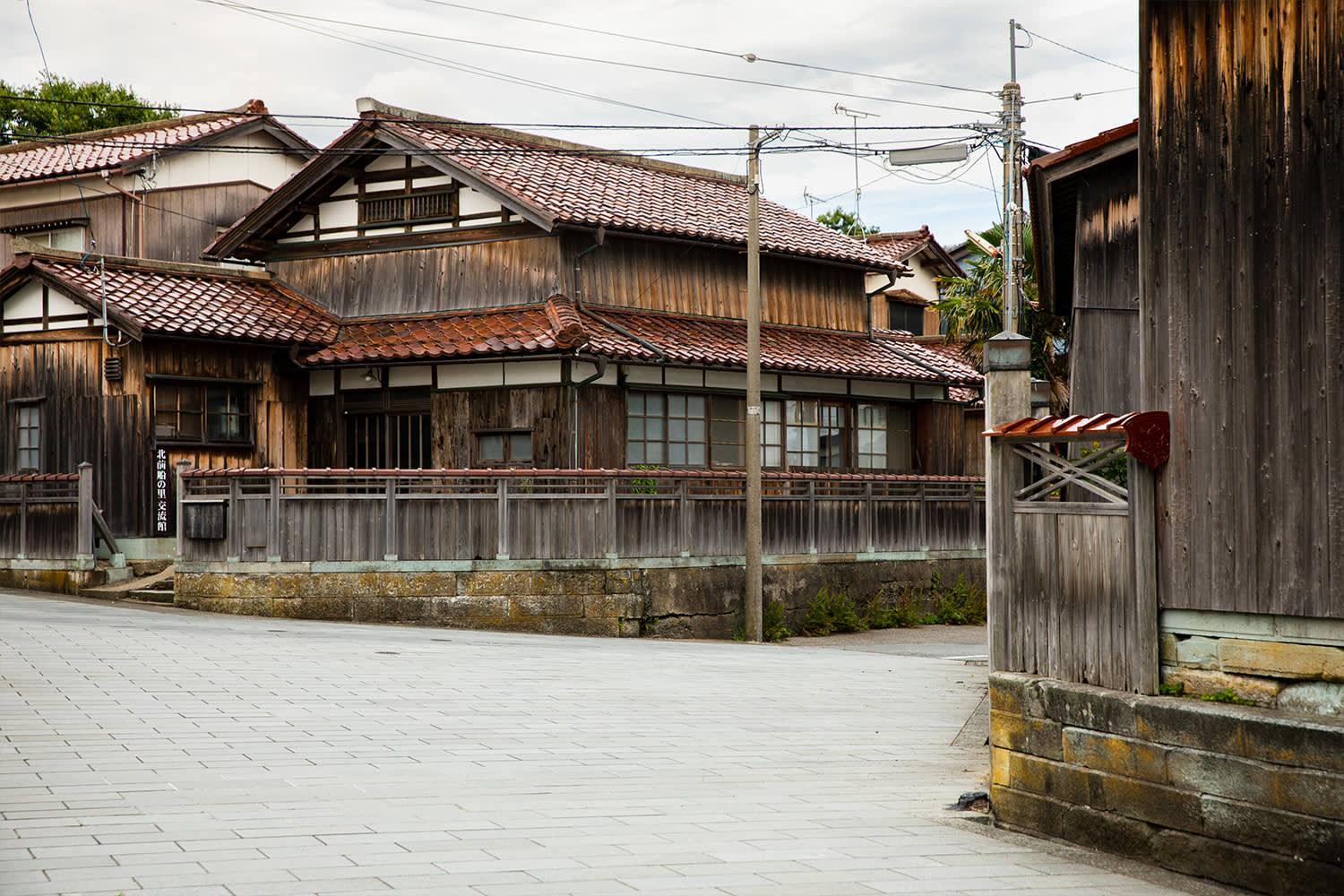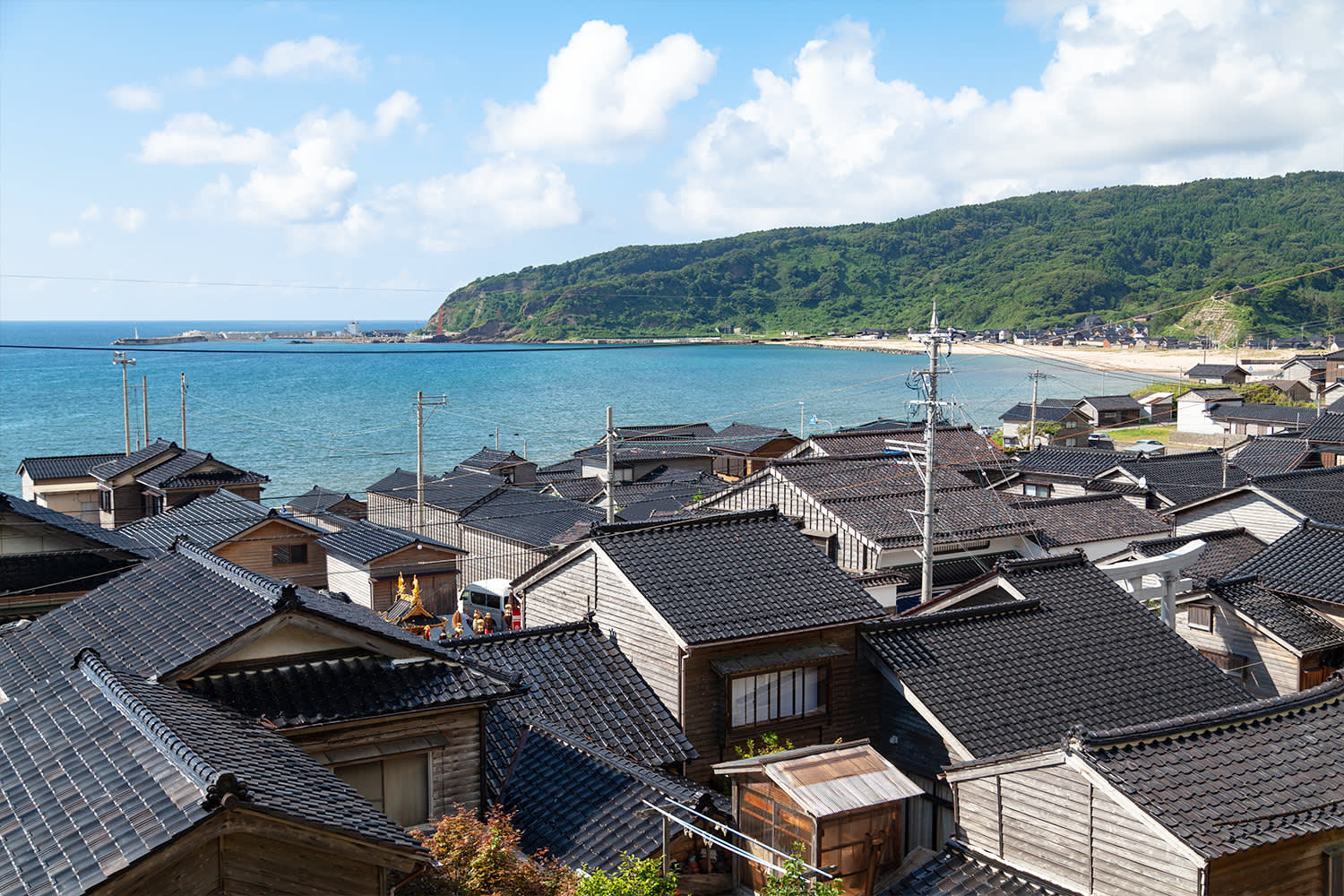
FIND YOUR ISHIKAWA
Kitamaebune: Transporting the Essence of Japan
Kitamaebune were merchant ships that sailed between northern Japan and Osaka from the Edo period (1603–1867) to the turn of the twentieth century. They followed a route along the Sea of Japan coast and around the southern tip of the main island (Honshu), stopping to trade at ports along the way. The goods they transported, from kelp to crafts, were integral to daily life and contributed greatly to Japanese culture as we know it today.
From small boats to big business
The roots of kitamaebune run deep in Ishikawa. Boats from the Kaga domain (present-day Ishikawa and around) first sailed around the southern tip of Honshu in 1639 to trade rice in Osaka. It was an advantageous route at a time when overland transport was extremely time-consuming and expensive.
A few decades earlier, sailors from the Kaga domain were key crewmembers in expeditions to explore the northern island of Hokkaido led by wealthy merchants from Omi (present-day Shiga Prefecture). Many of these sailors went on to own kitamaebune themselves and Hokkaido ports became important stops along the shipping routes.
Early kitamaebune were small, single-sail boats that could only make one round trip between northern Japan and Osaka per year. By the 1870s, they had up to four sails, could transport hundreds of tons of goods, and made three or four return journeys per year.
By the mid-1800s, kitamaebune owners were among Japan’s wealthiest merchants, their business fueled by high markups on goods bought and sold along their route. Among the most profitable goods from Hokkaido were herring, used for oil and fertilizer, and kombu kelp, used for dashi cooking stock. The owners built large houses in their hometowns, such as Hashitate (Kaga) and Kuroshima (Wajima) in Ishikawa.
Kitamaebune fell into decline around the turn of the twentieth century. The development of the telegraph meant commodity prices could be communicated quickly across the country, limiting the freedom of kitamaebune owners to mark up their goods. Meanwhile, the spread of railways introduced competition in the market for transport along the Sea of Japan coast.
A lasting influence nationwide
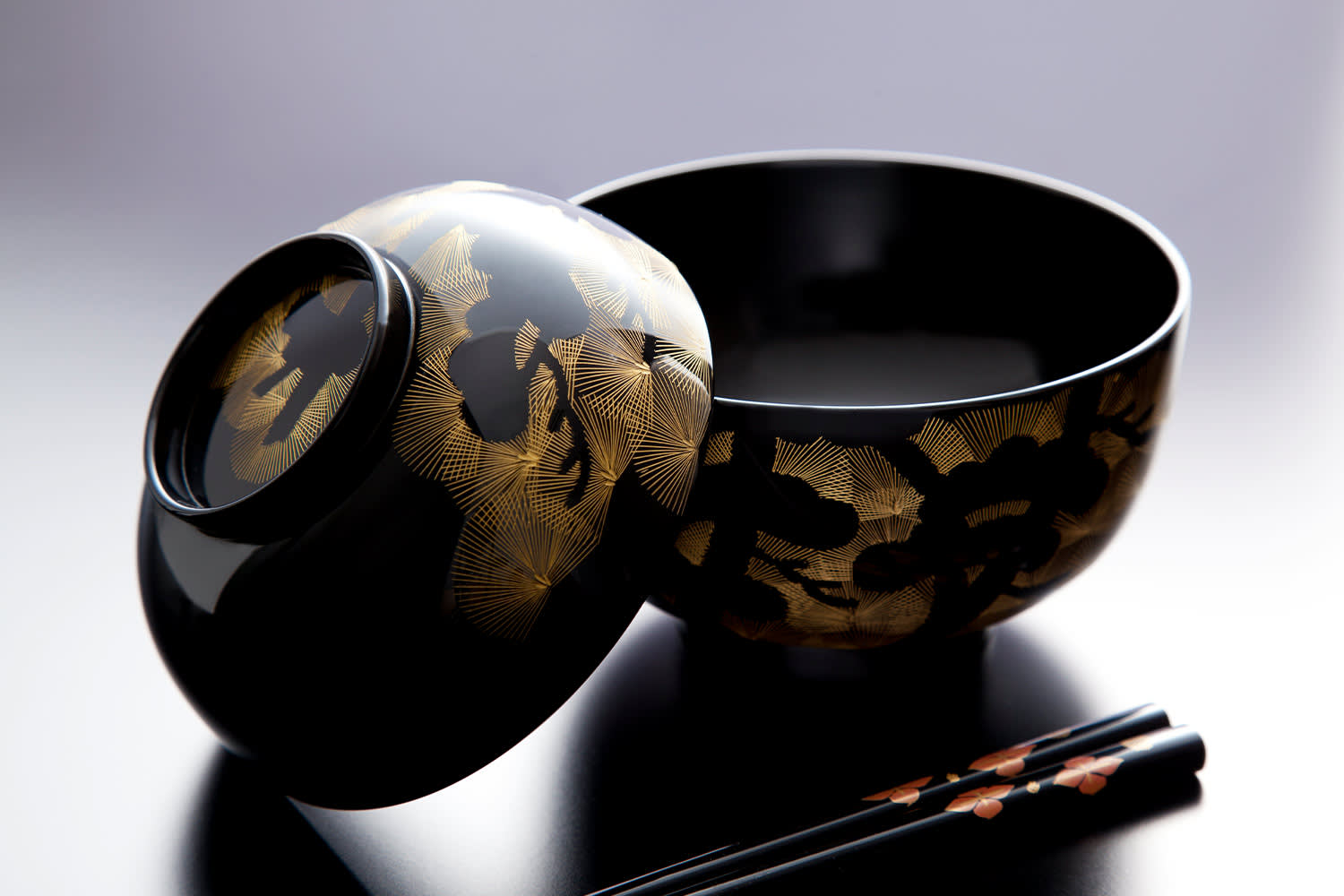
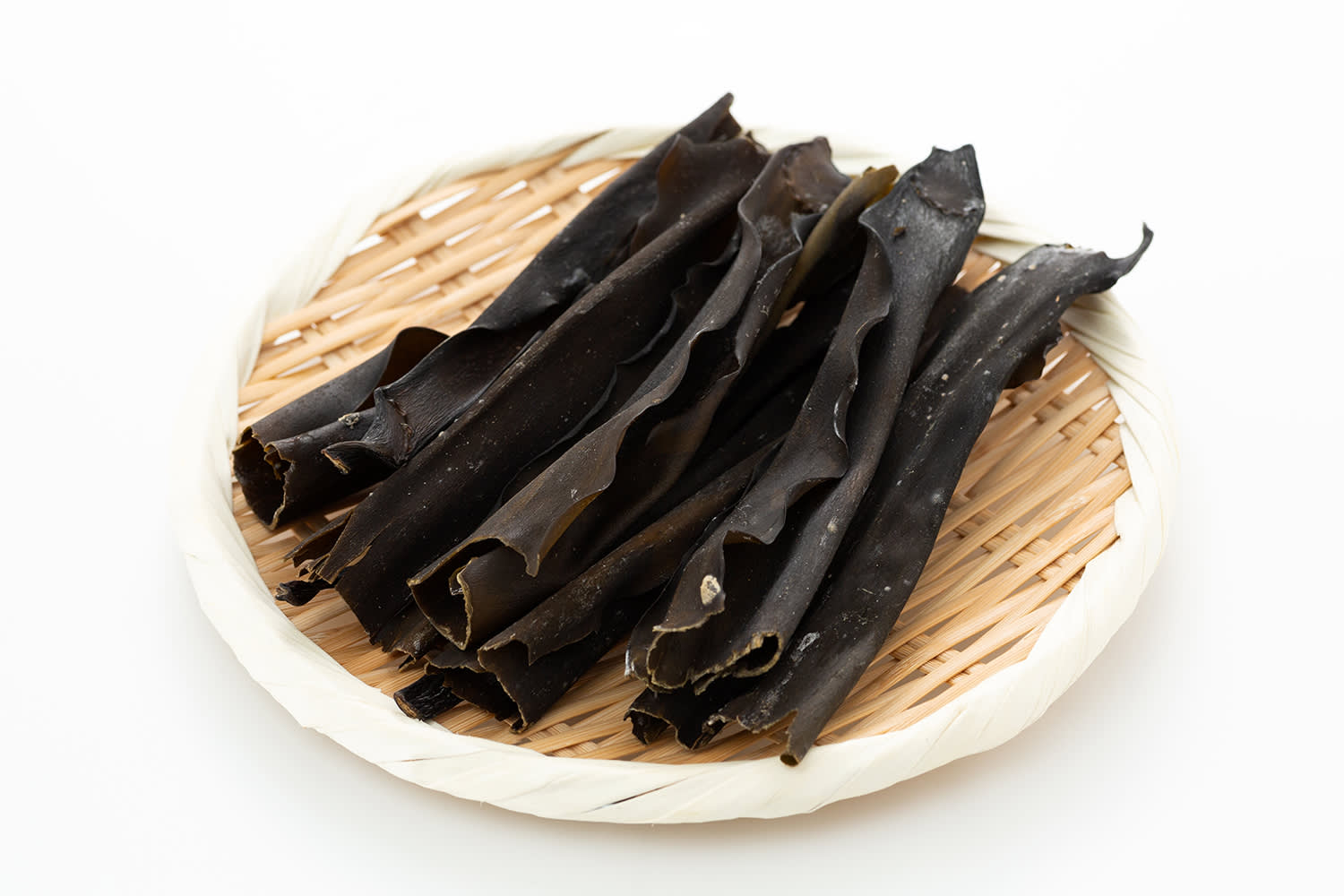
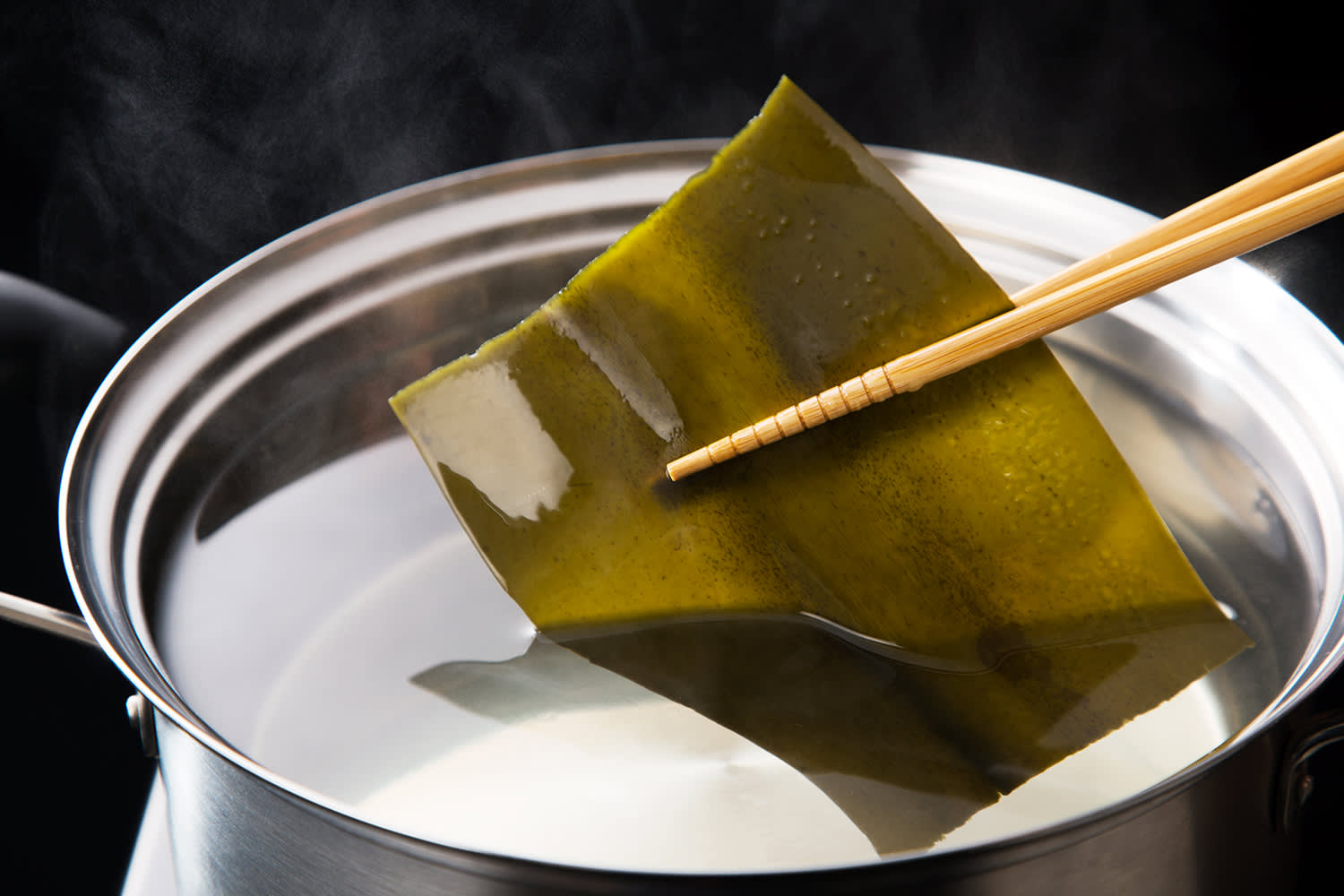
Kitamaebune carried both everyday necessities and luxury items along the Sea of Japan coast. Many of the commodities they transported became part of local culture far from where they were made or harvested.
Kombu kelp was brought to most of Japan from Hokkaido by kitamaebune and became essential to cooking throughout the country. Kombu is used for making dashi stock, a key ingredient in many of today’s typical Japanese foods. In Ishikawa, kombu is also used to wrap sashimi and kamaboko fish cakes. The production of candles in Nanao, on the Noto Peninsula, relied on the kitamaebune that docked there for materials such as wax and washi paper.
Kitamaebune also took many goods from the Kaga domain to other parts of Japan, including rice and salt. By the mid-1800s, the boats began to trade crafted products such as Wajima lacquerware that had become popular beyond Ishikawa.
See the kitamaebune legacy firsthand
The influence of kitamaebune on Ishikawa’s heritage is evident at sightseeing spots around the prefecture. Perhaps the best place to start is the Kitamaebune Ship Museum in the city of Kaga. The museum is set in the spacious 1878 home of a prosperous shipowner. Exhibits include navigation tools, ship cabinets, and scale models of the boats. The museum preserves the feel of the historic residence, with tatami flooring and an irori sunken hearth. Stout pine beams and lacquered wood surfaces add to the luxurious air of the interior. The surrounding Hashitate district was the home of many kitamaebune owners. Some of their houses, with their distinctive red-tiled roofs, have been preserved in the area.
Many other kitamaebune owners hailed from the Kuroshima district of Wajima. The district looks much like it did in the Edo period, with black-tiled roofs, wood-paneled walls, and lattice doors. Learn more about kitamaebune and the lives of their owners at the Kadomi residence and the Tenryo-Kitamaebune Museum.
Nanao’s Ipponsugi-dori shopping street thrived because of the kitamaebune that docked and traded at the nearby port. Some stores still sell goods that the ships once brought, such as kombu. There are buildings on this street that date from the late 1800s and still contain shops.
Yamanaka Onsen, a hot spring resort in the mountains of the Kaga area, was a popular retreat for kitamaebune captains and sailors in the winter. Their shanties influenced the local song called Yamanaka-bushi. Geisha now perform Yamanaka-bushi daily at the Yamanaka-za theater in the center of town.


